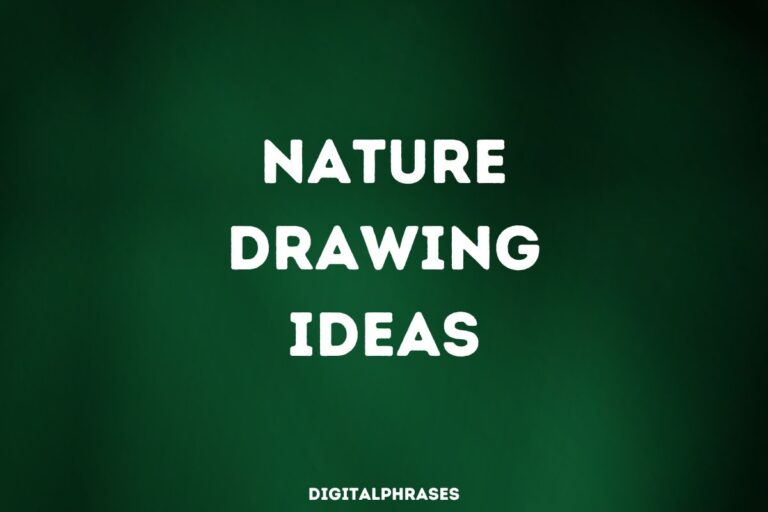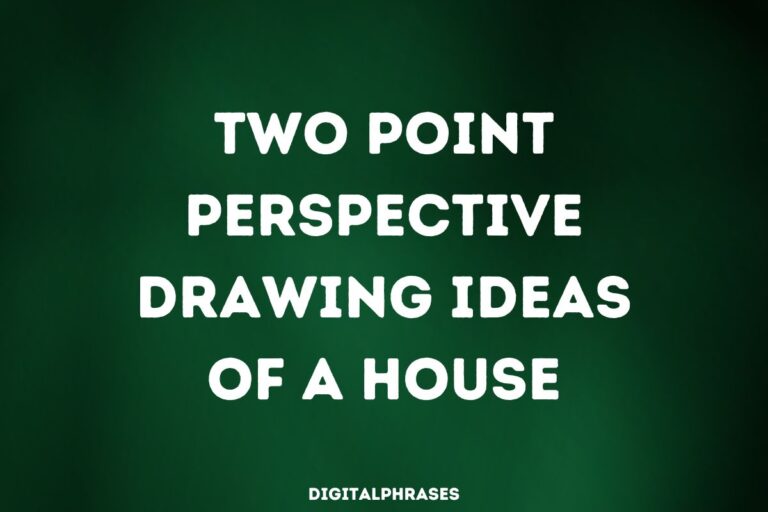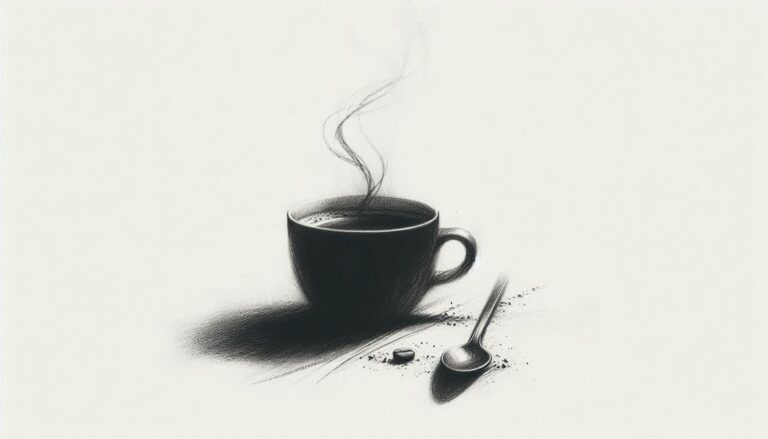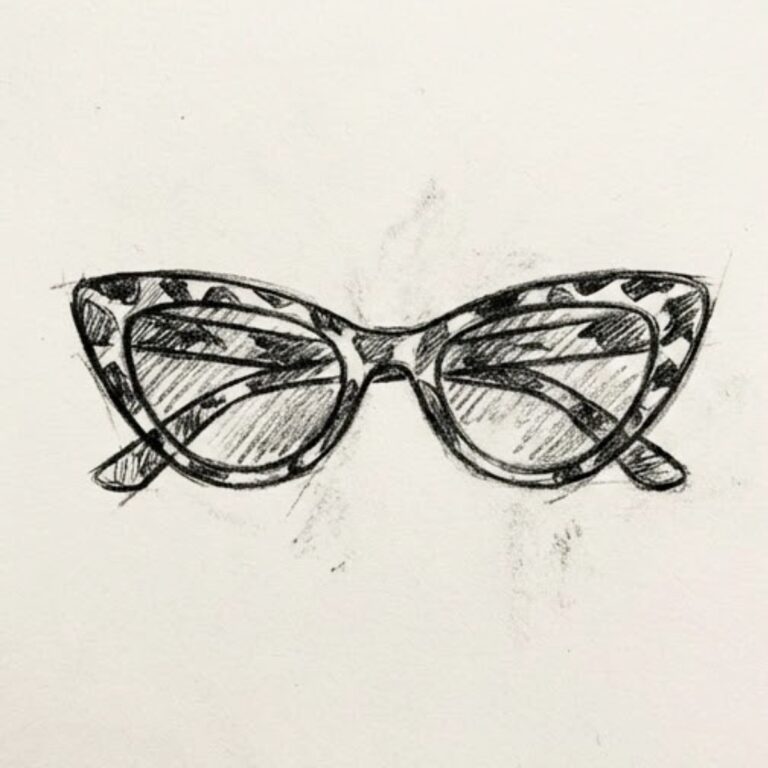100 Abstract Drawing Ideas | For Both Beginners and Experts
Abstract art offers a world of endless possibilities, where your imagination is the only limit. Whether you’re a seasoned artist or just starting out, abstract drawing can be a liberating and rewarding experience.
In this blog post, we’ll explore some unique abstract drawing ideas to spark your creativity. From simple shapes to complex compositions, there’s something for everyone.
So grab your drawing tools and let’s dive into the exciting world of abstract art!
Abstract Drawing Ideas
Negative Space Exploration
Focus on the shapes created by the empty spaces in your drawing rather than the drawn areas themselves.
1
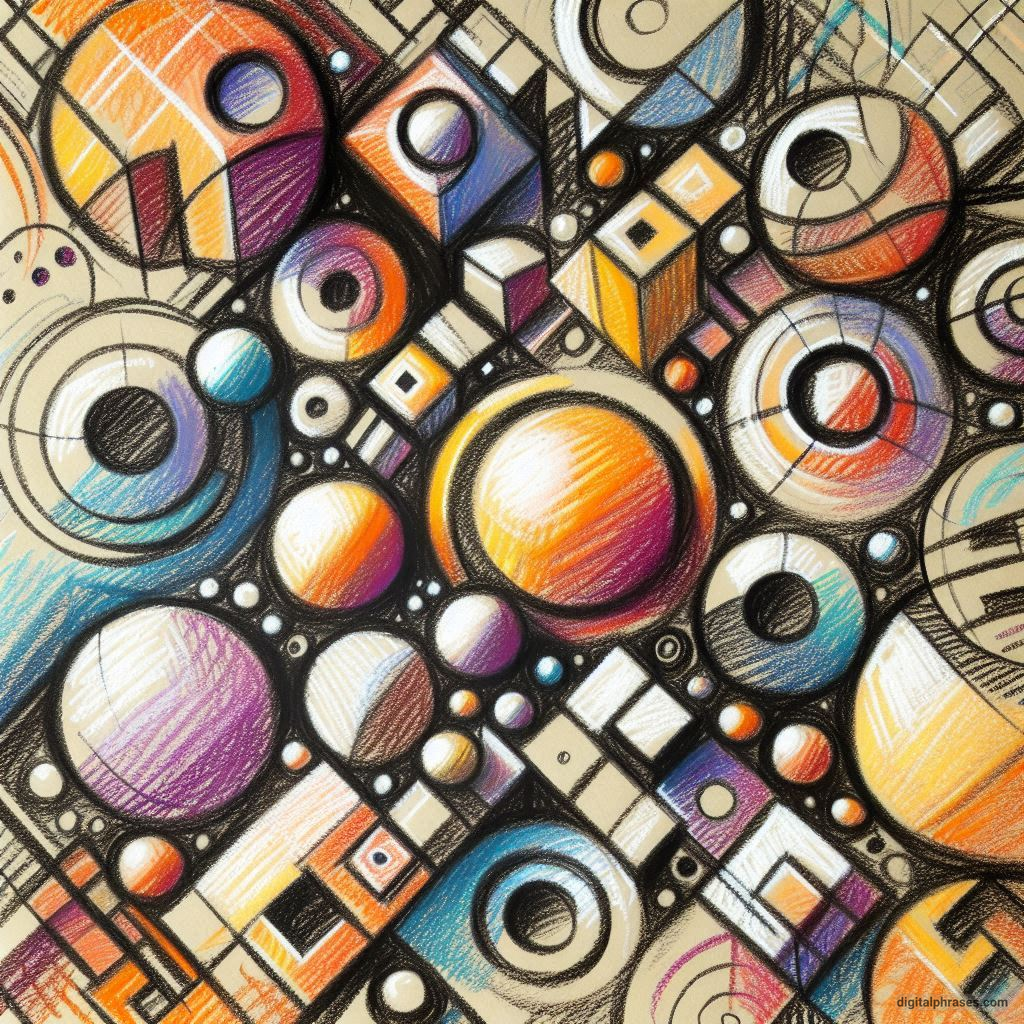
2
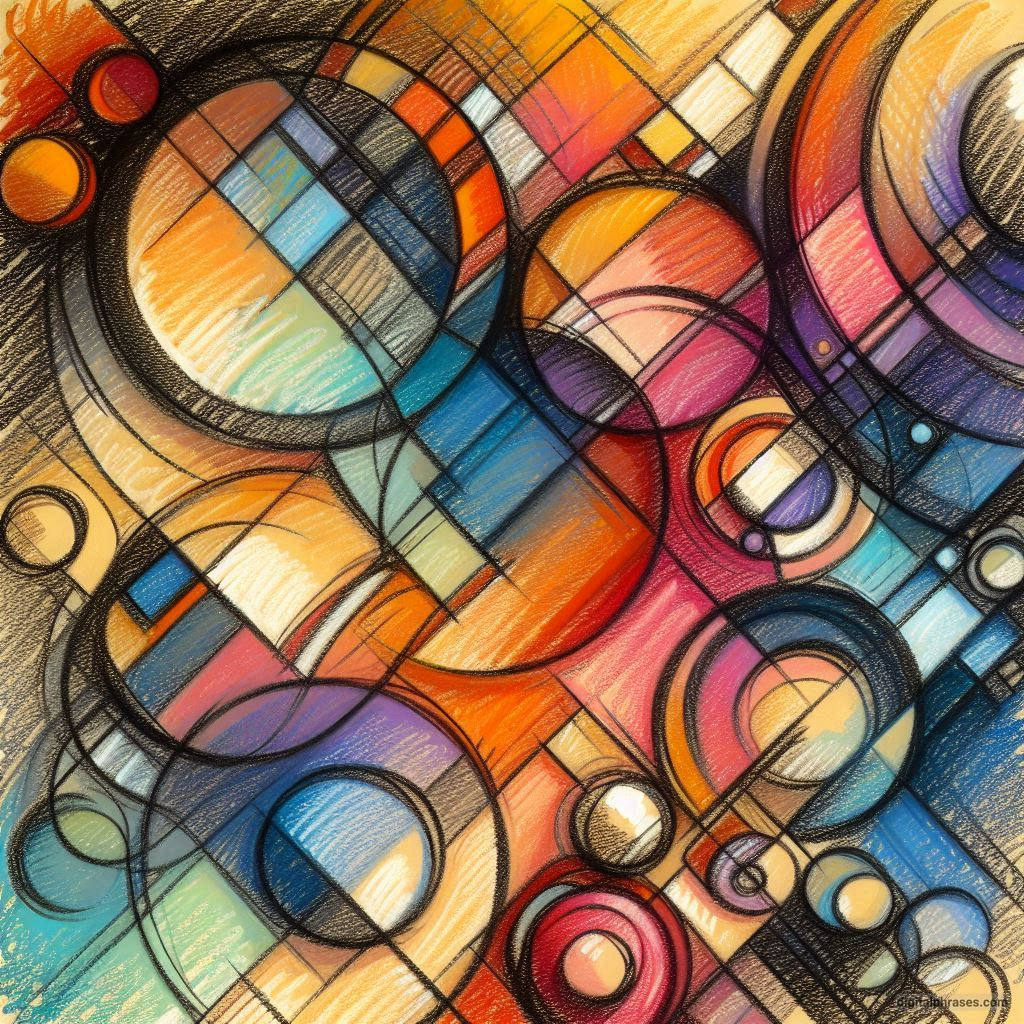
3
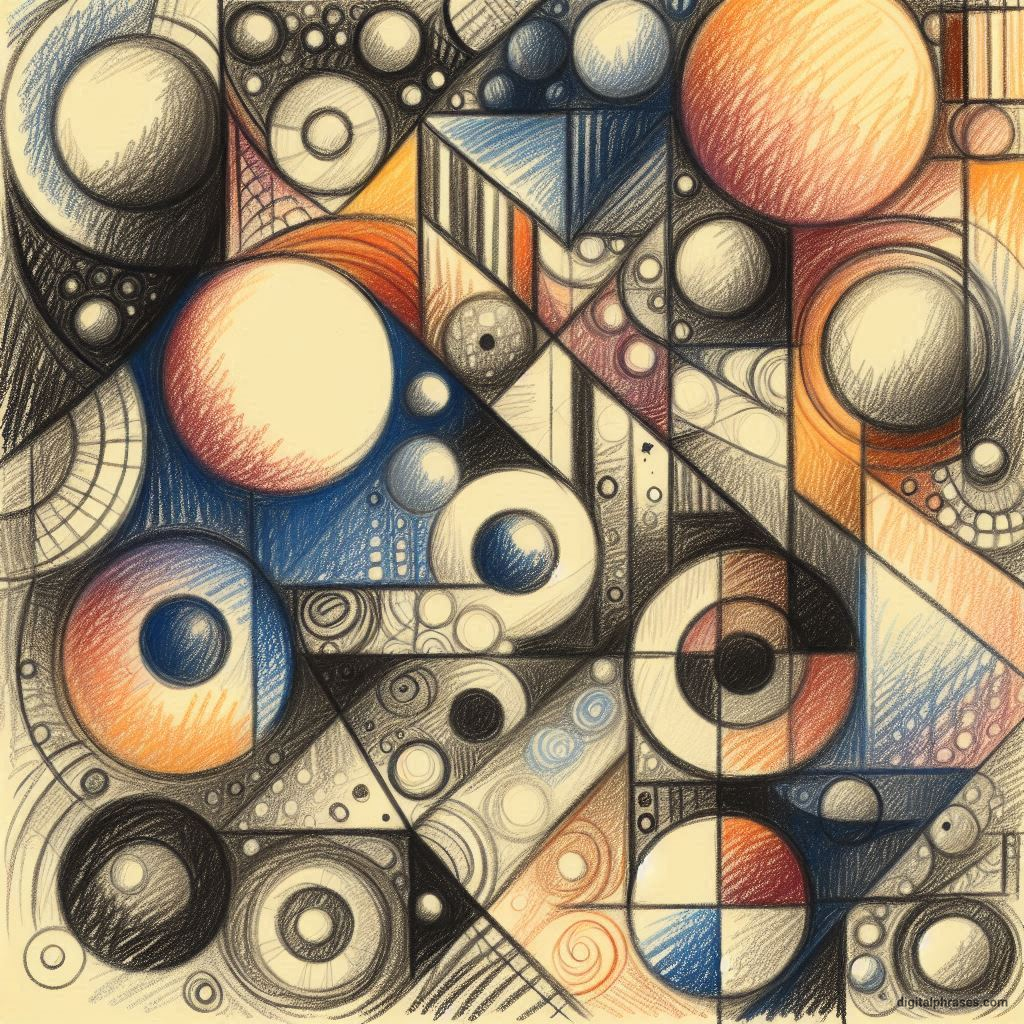
4
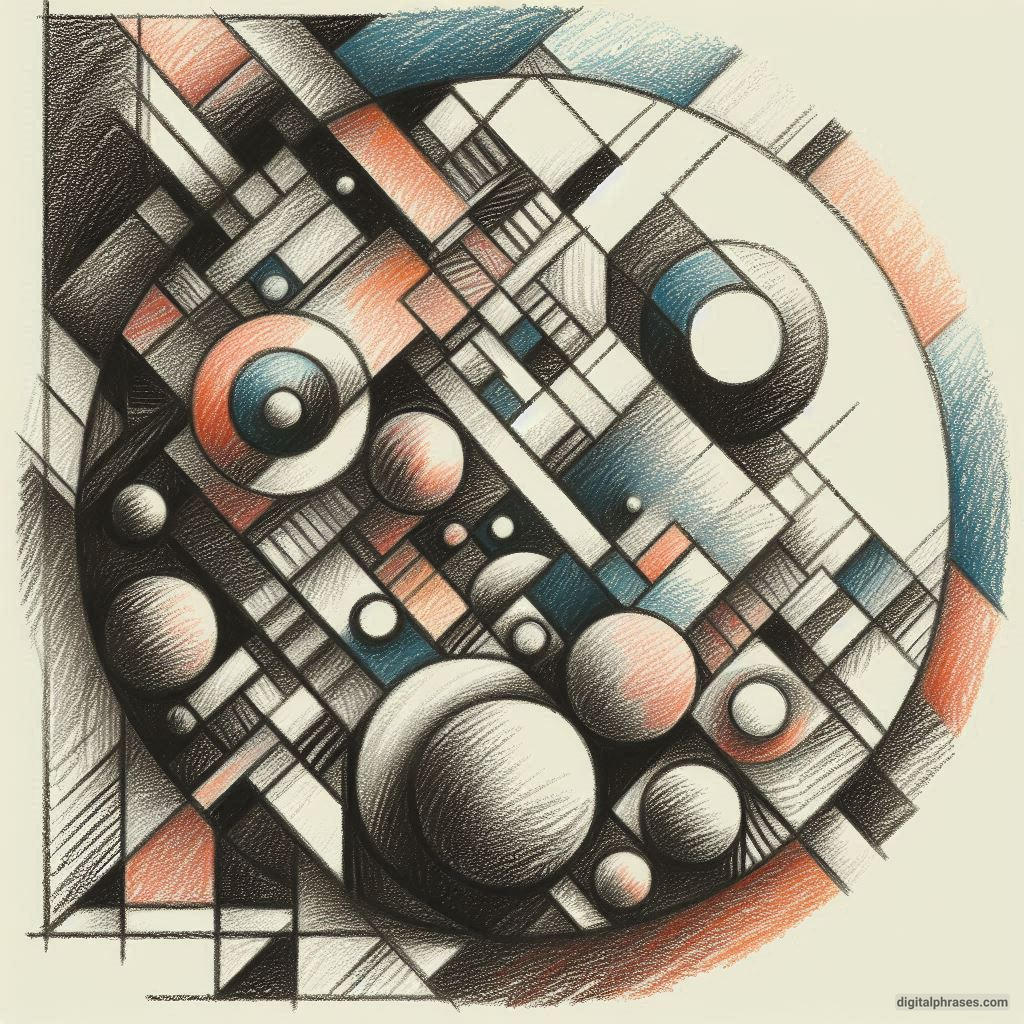
5
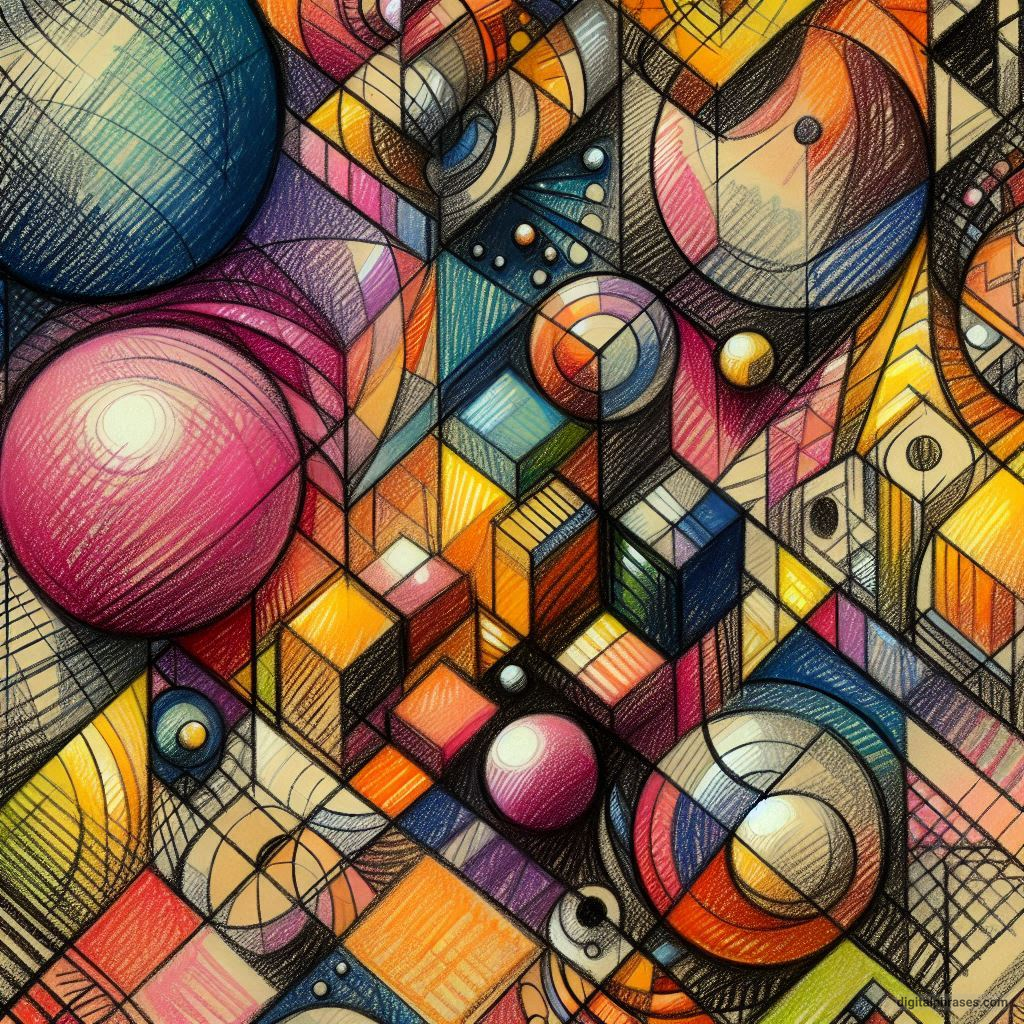
6
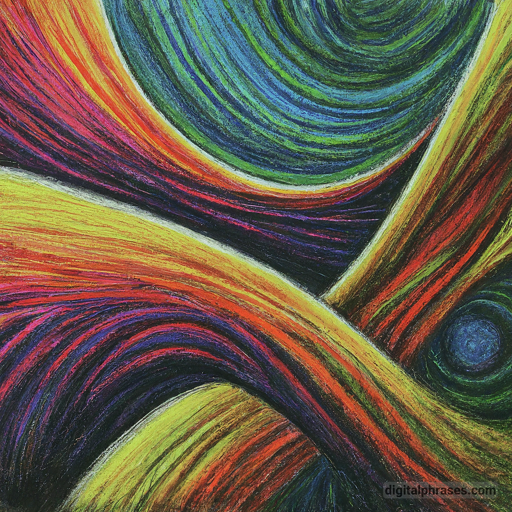
7
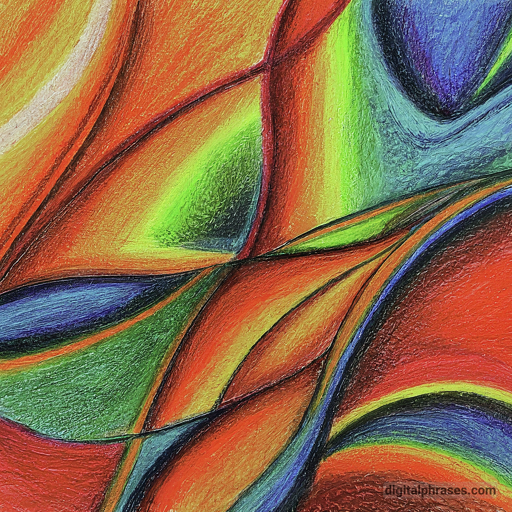
8

9
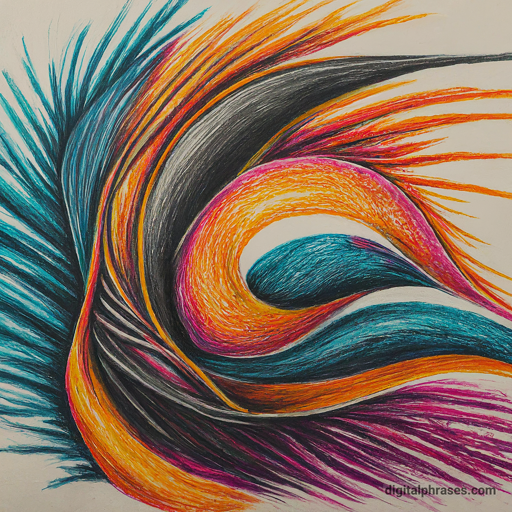
10
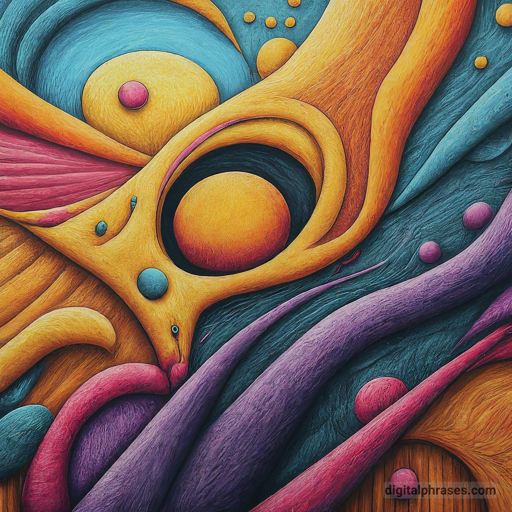
Symbolic Abstractions
Take a recognizable symbol or object and abstract it beyond recognition using distortion, fragmentation, and reinterpretation.
1
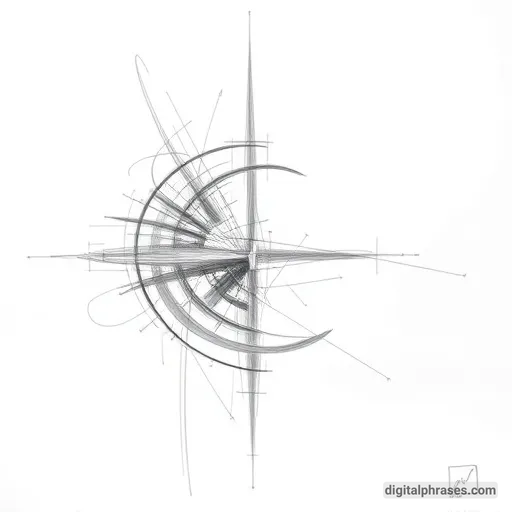
2
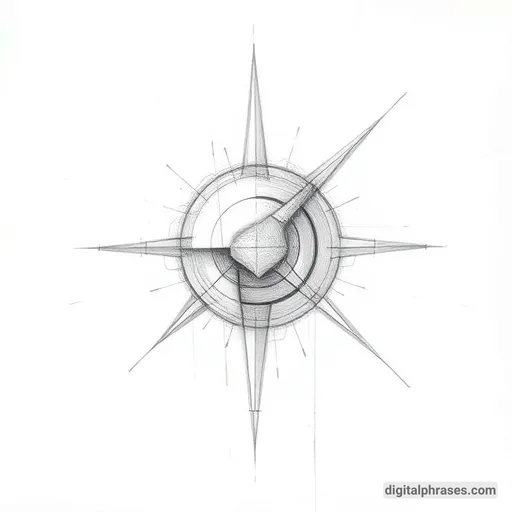
3
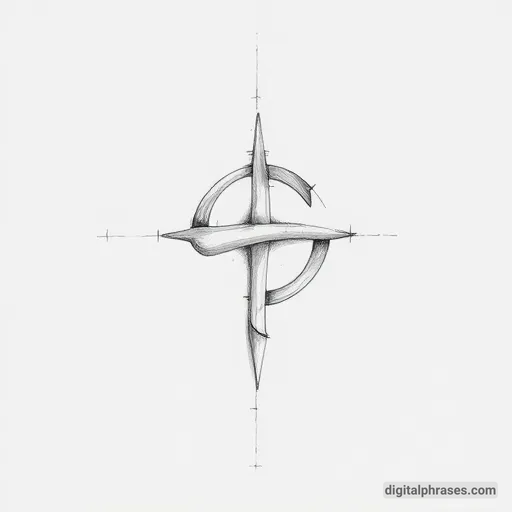
4

5

6
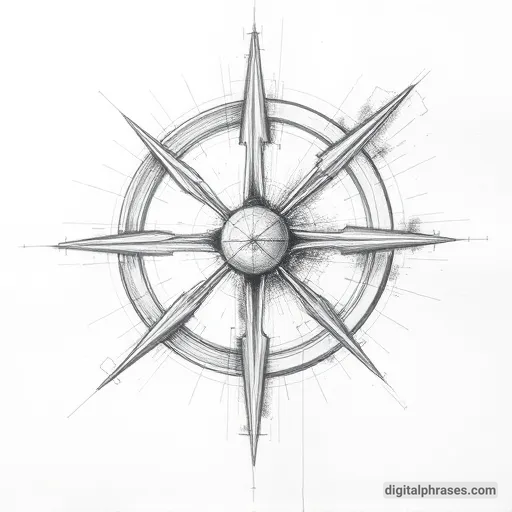
7

8

9
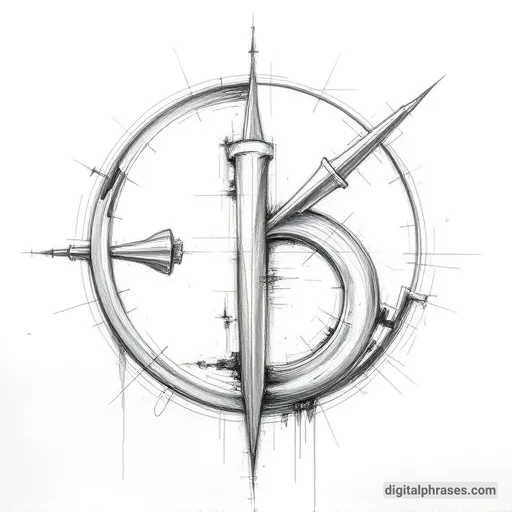
10
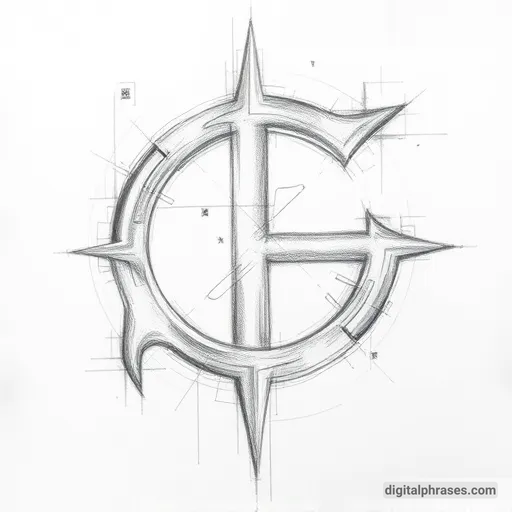
Abstract Landscapes
Create a landscape using only abstract elements like wavy lines for mountains, circular shapes for trees, and irregular forms for clouds.
1

2

3
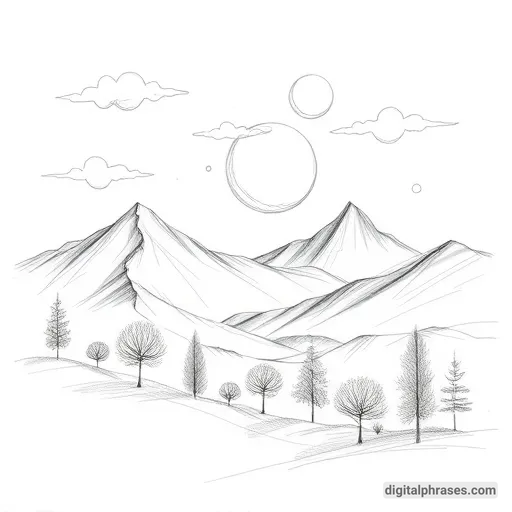
4

5
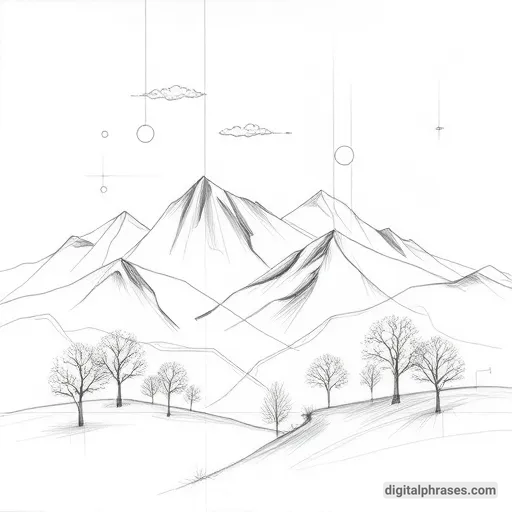
6
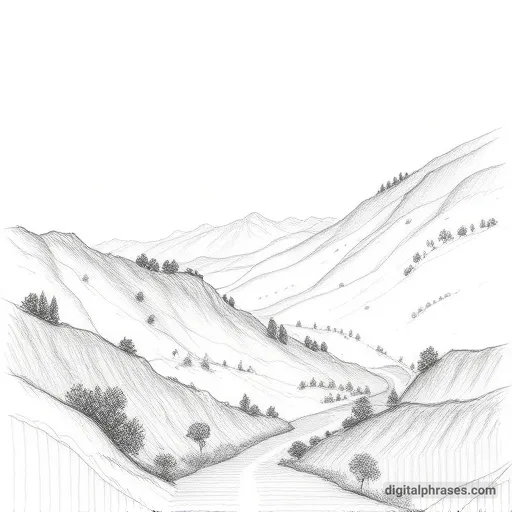
7
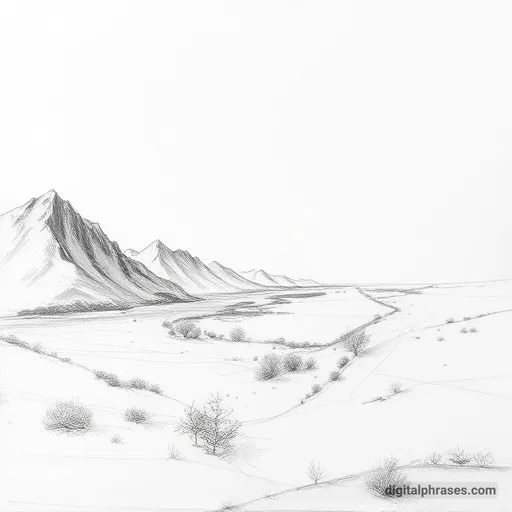
8
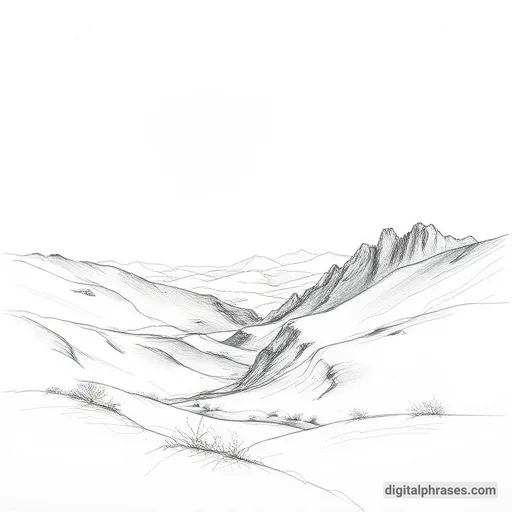
9
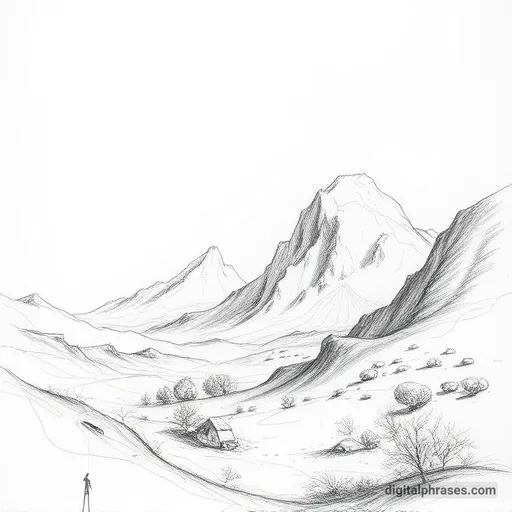
10
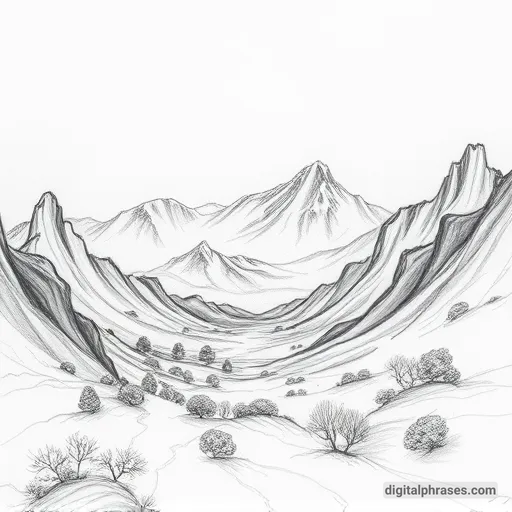
Minimalist Abstraction
Use only a few lines or shapes to convey a concept or emotion. Play with the balance of simplicity and complexity.
1

2

3

4
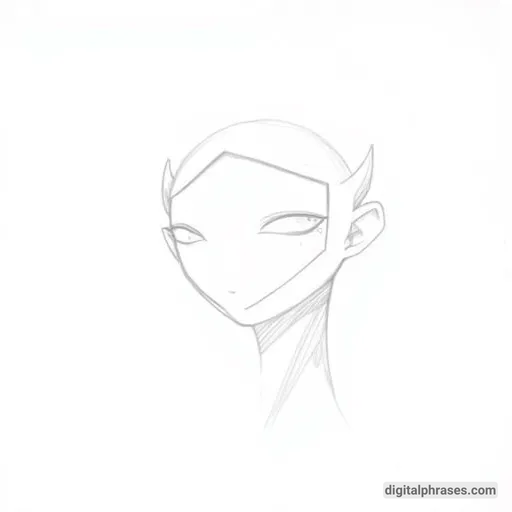
5
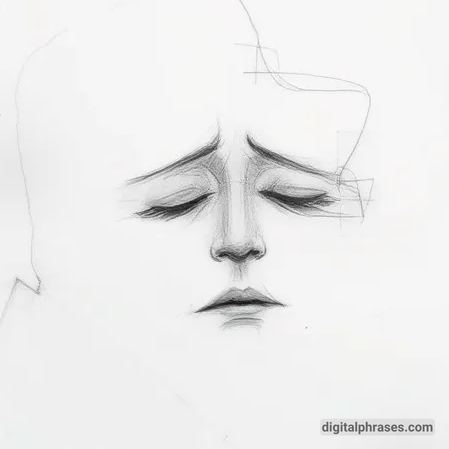
6
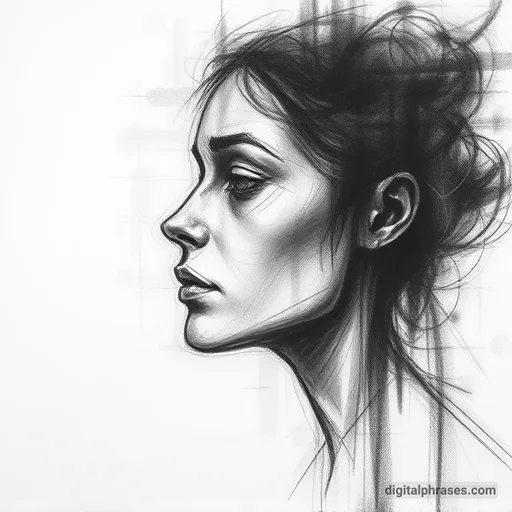
7
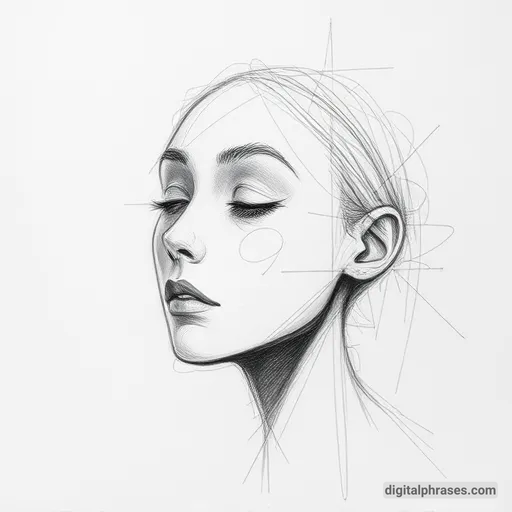
8
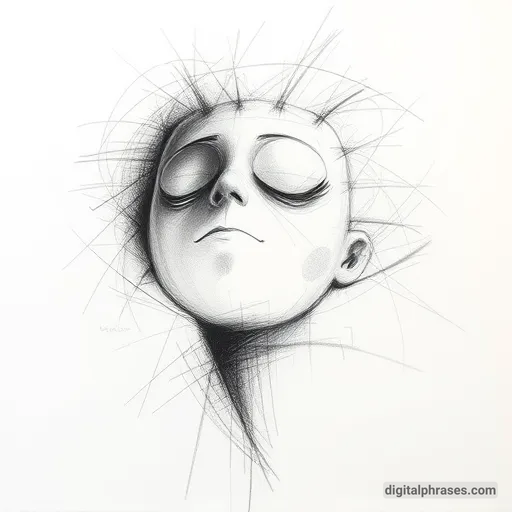
9

10
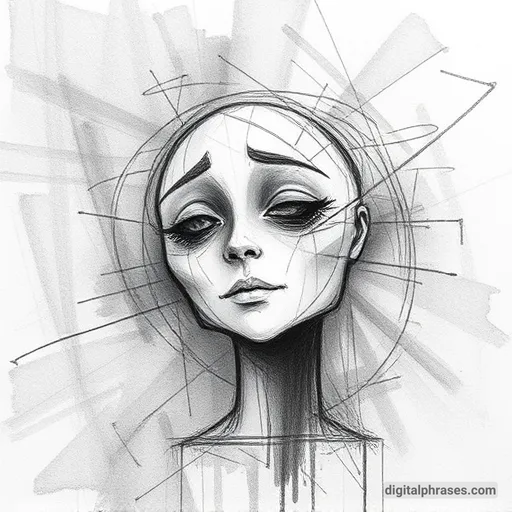
Monochromatic Abstraction
Use a single color and its shades to create an abstract piece, focusing on contrast, texture, and composition.
1

2
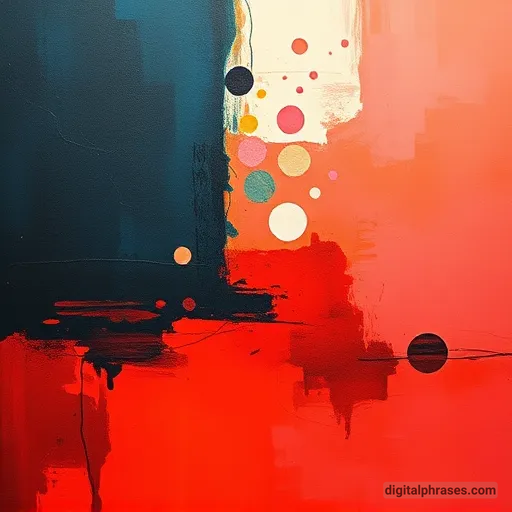
3
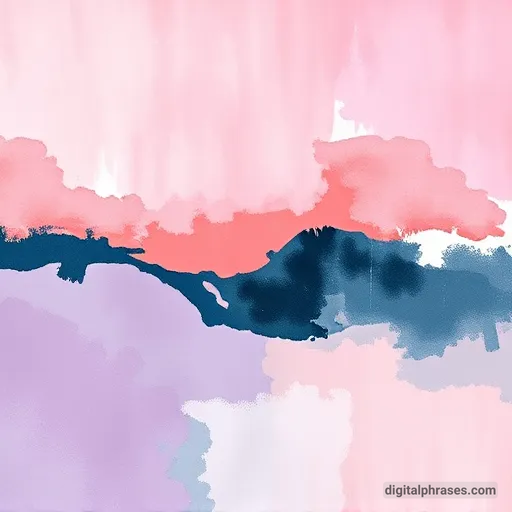
4
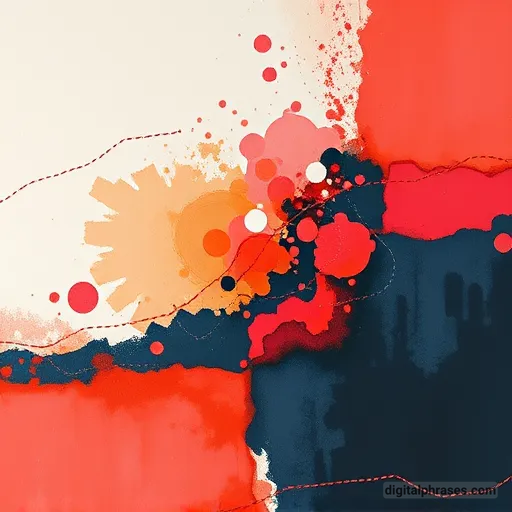
5

6
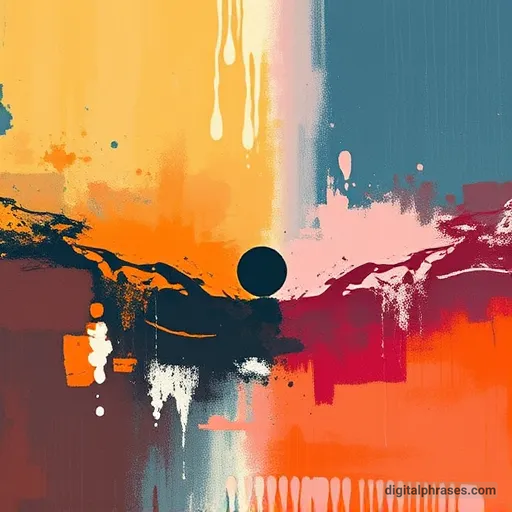
7
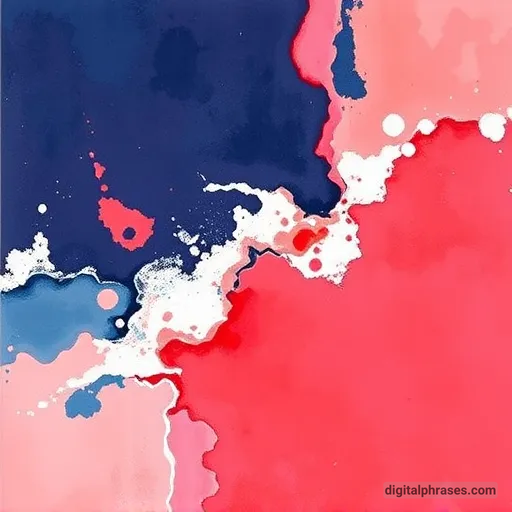
8
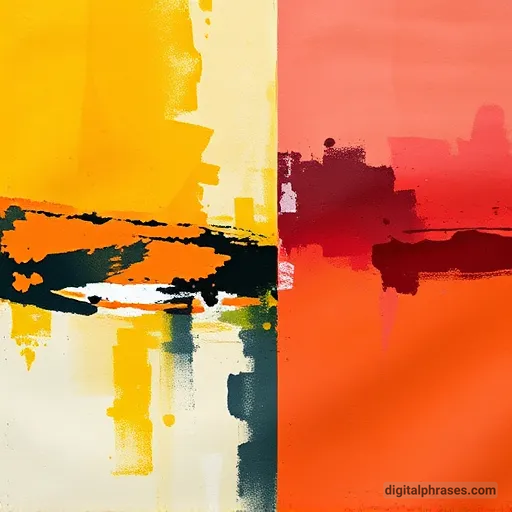
9
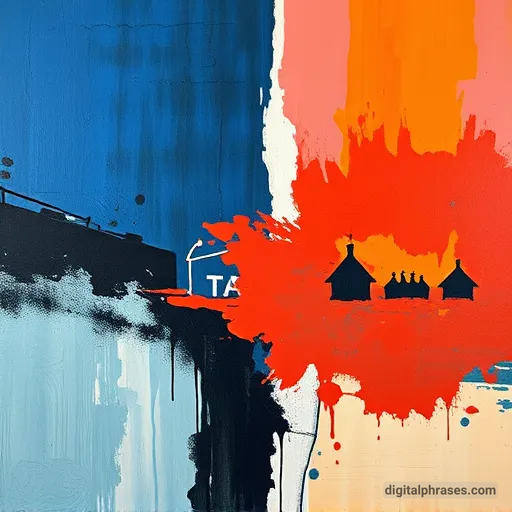
10

Collage of Shapes
Cut out various shapes from different materials or colors and arrange them in an abstract composition on a single sheet.
1
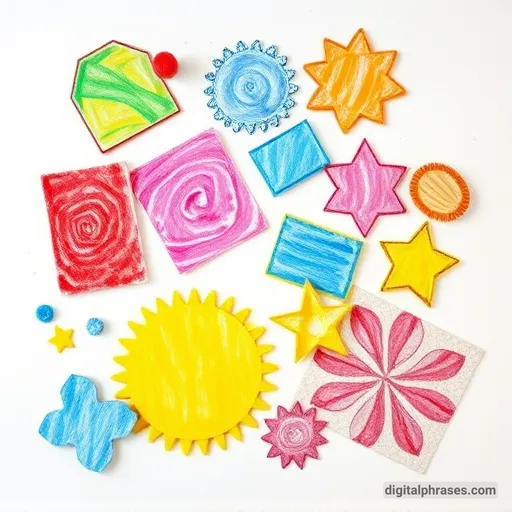
2

3
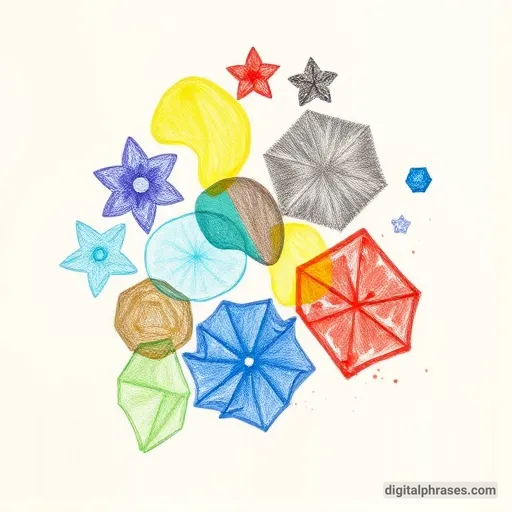
4
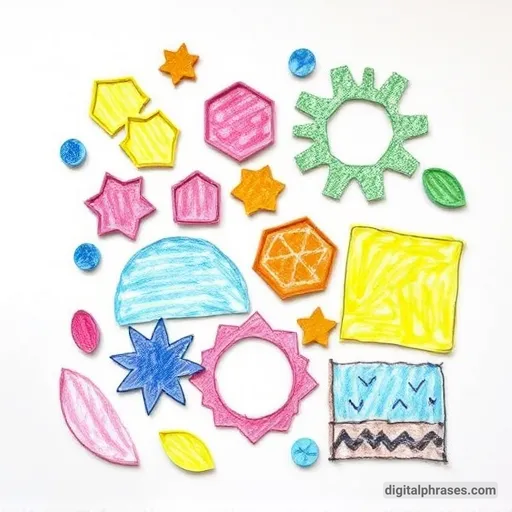
5

6
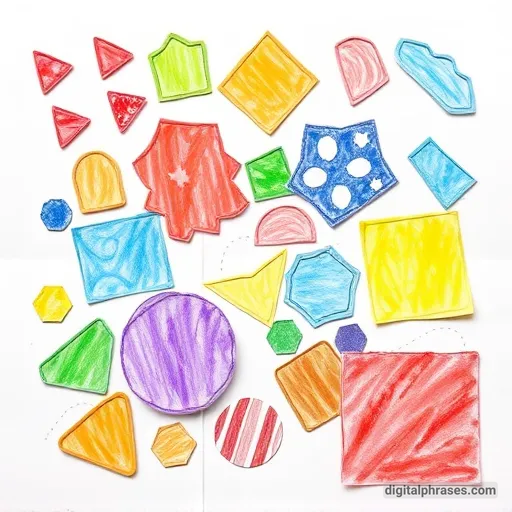
7
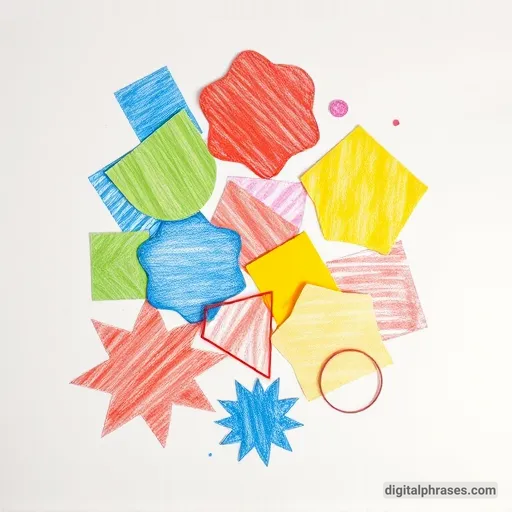
8

9

10
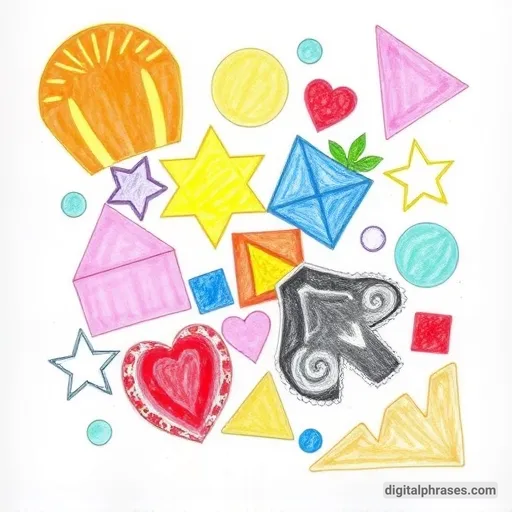
Abstract Reflections
Draw mirrored or reflected shapes, as if they were on the surface of water or glass, but with abstract distortions.
1

2
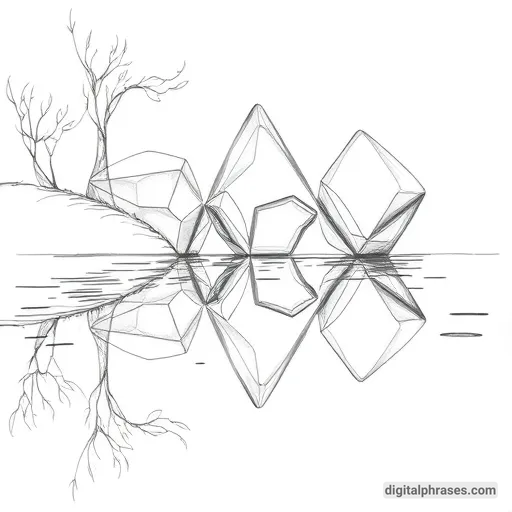
3
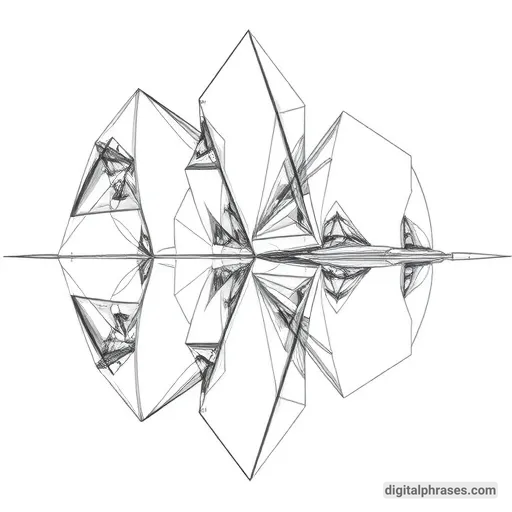
4
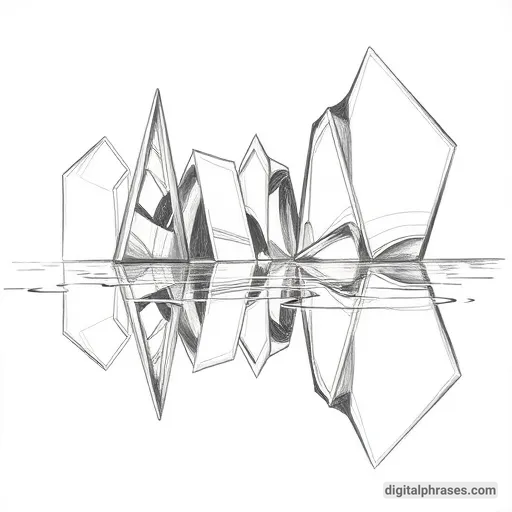
5

6
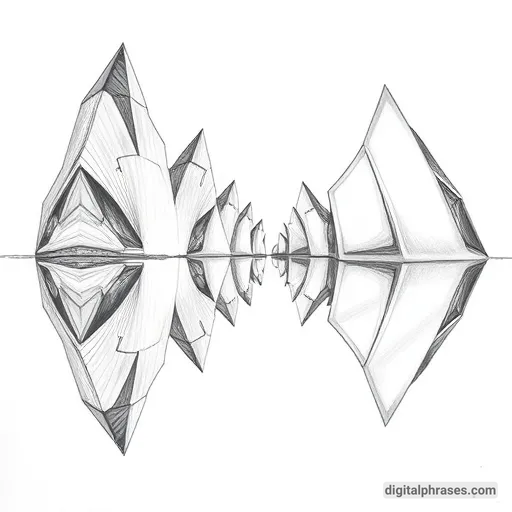
7
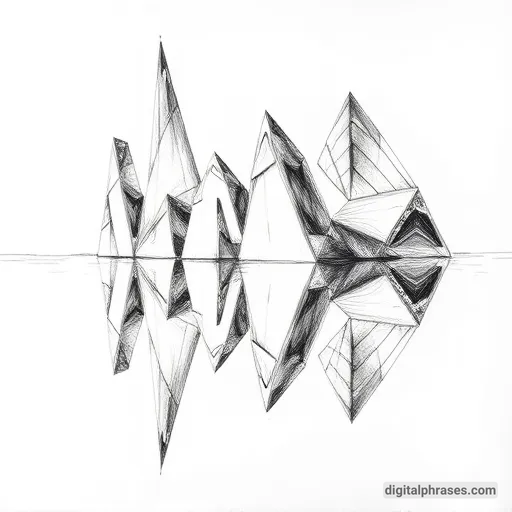
8
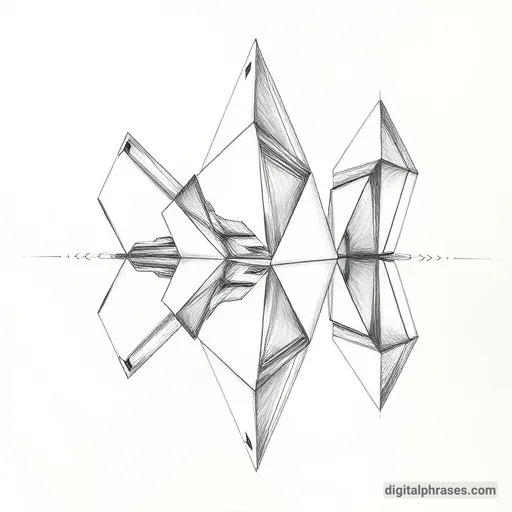
9
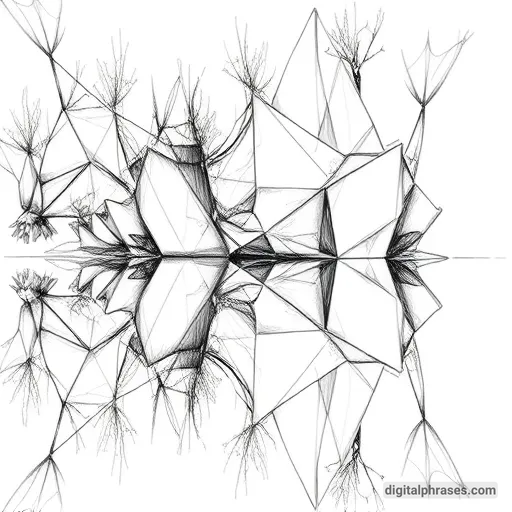
10
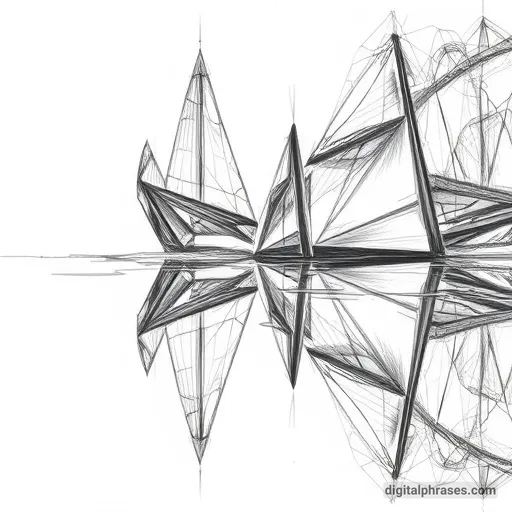
Abstract Cityscape
Depict a cityscape using only basic shapes, lines, and blocks of color, avoiding any realistic detail.
1

2

3

4
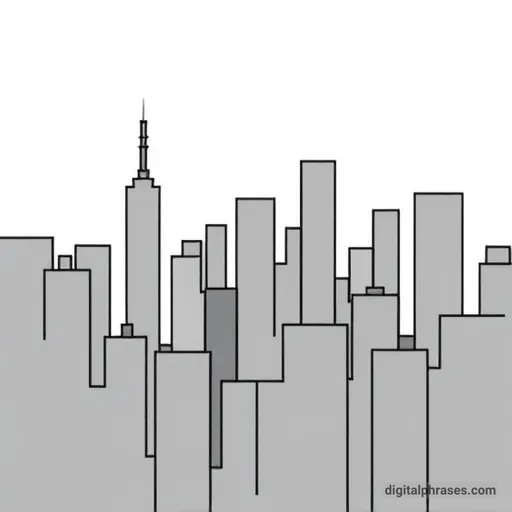
5

6

7

8

9

10

Abstract Emotions
Try to capture a specific emotion using only abstract forms, colors, and textures.
1

2

3

4
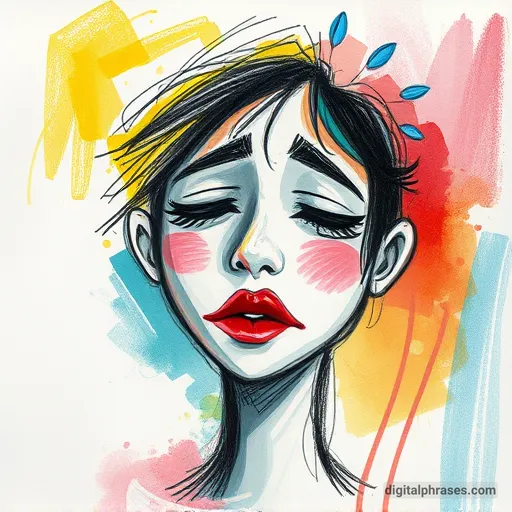
5

6
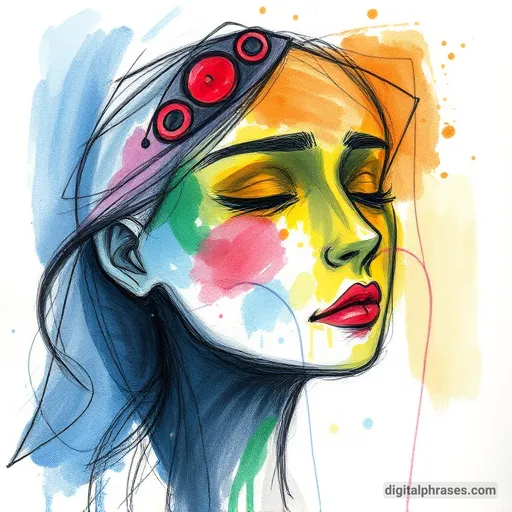
7
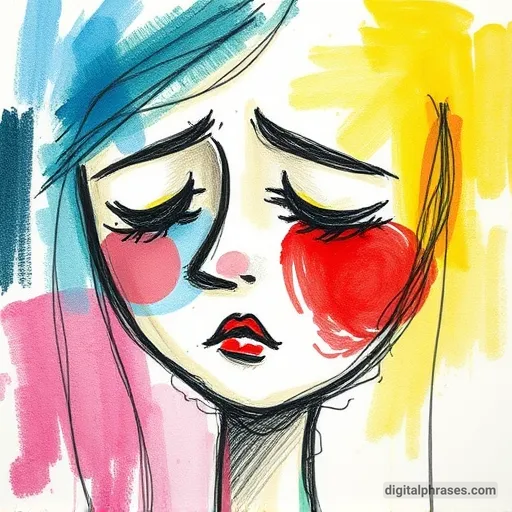
8
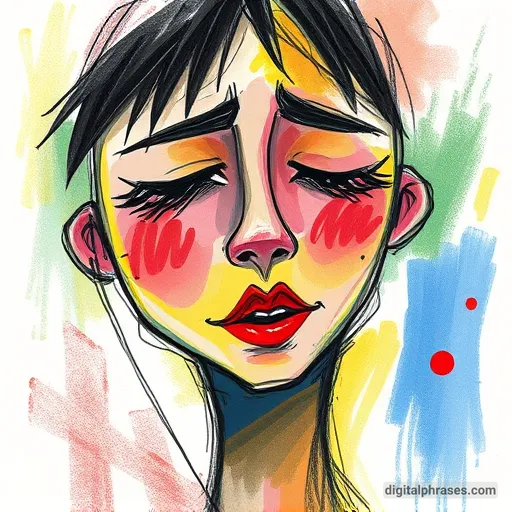
9

10
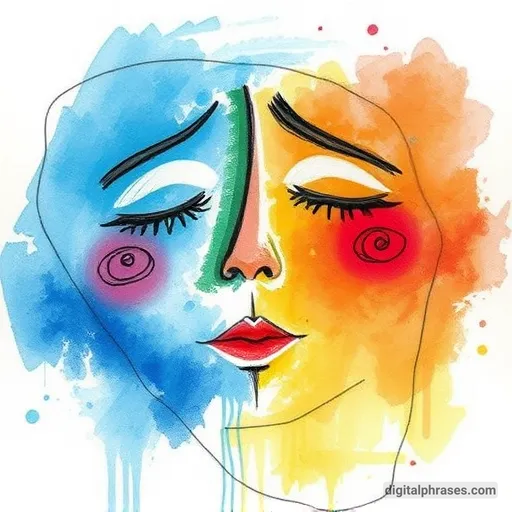
Mixed Media Abstraction
Combine different materials like ink, pencil, watercolor, or collage in one piece to create a rich, textured abstract artwork.
1
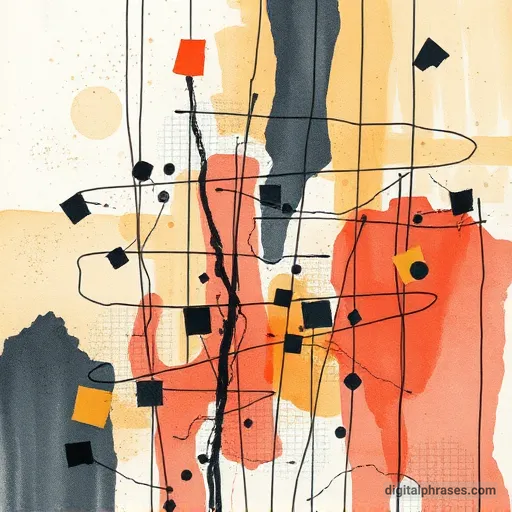
2
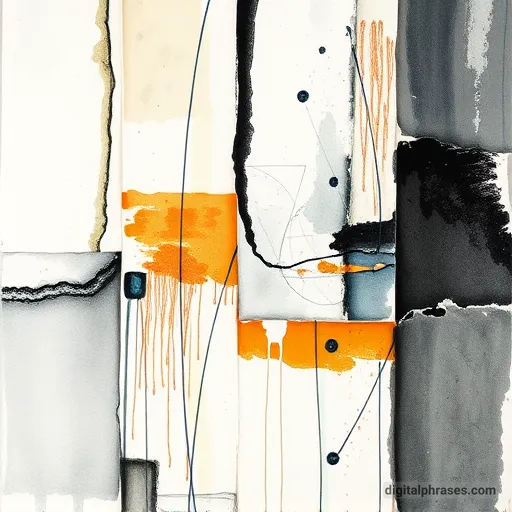
3
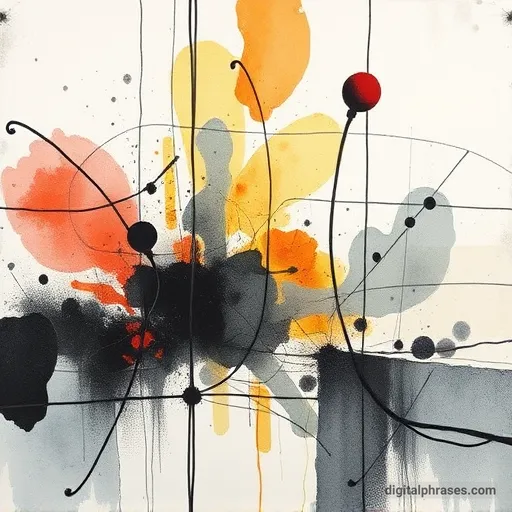
4

5
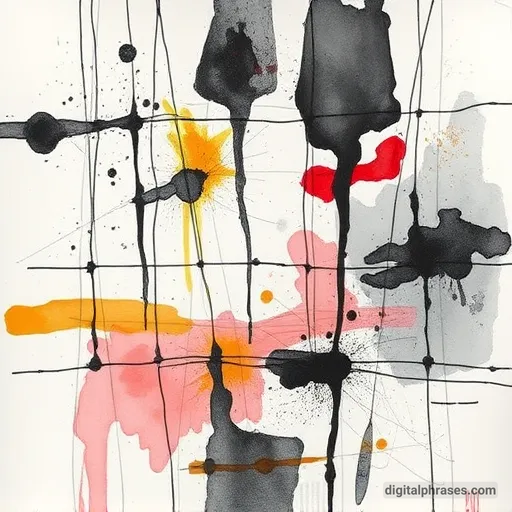
6
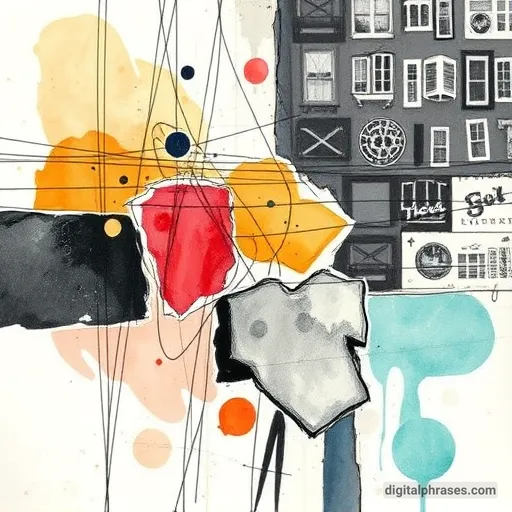
7
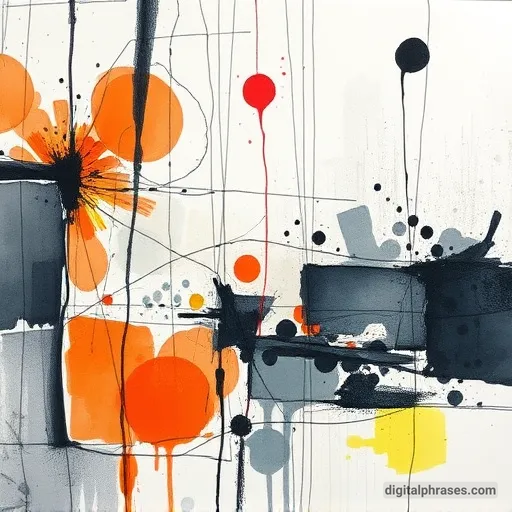
8

9

10
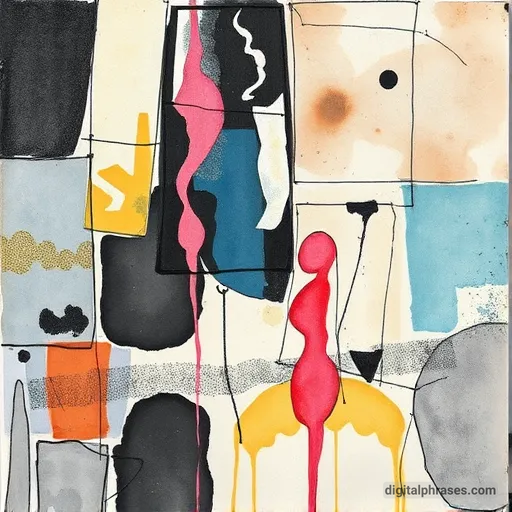
Key Considerations for Creating Abstract Art
Abstract art is a fascinating and liberating form of artistic expression. Unlike representational art, which seeks to depict the physical world accurately, abstract art delves into the realm of the non-representational.
It focuses on shapes, colors, forms, and textures to convey emotions, ideas, or concepts rather than depicting objects or scenes as they appear in reality. While abstract art might seem simple or spontaneous at first glance, creating compelling and meaningful abstract work requires thought, intentionality, and an understanding of several key principles.
In this blog post, we’ll explore some essential things to keep in mind when drawing abstract art, whether you’re a beginner or a seasoned artist looking to refine your craft.
1. Understand the Essence of Abstraction
Before diving into the creation process, it’s crucial to understand what abstract art truly is. Abstraction in art refers to the distillation of reality into its most basic elements. These elements could be lines, shapes, colors, or textures that are disconnected from their literal meanings or functions. In abstract art, the focus is on these fundamental components, and how they interact to create a visual language that evokes emotions, thoughts, or sensations.
Abstraction can range from semi-abstract, where the reference to reality is still somewhat recognizable, to completely non-objective, where no reference to the physical world exists. Understanding this spectrum will help you decide where your work will lie on the abstraction scale and how much or little you want to anchor your piece in reality.
2. Experiment with Different Mediums
Abstract art allows for immense flexibility in the choice of mediums. From traditional paints like oil, acrylic, and watercolor to mixed media involving collage, charcoal, ink, and even digital tools—each medium brings its unique qualities and challenges.
For instance, acrylic paint dries quickly and can be layered easily, making it a favorite for abstract artists who enjoy building texture or working with vibrant colors. Oil paint, on the other hand, offers a slower drying time, which allows for more blending and manipulation on the canvas, making it ideal for creating subtle gradations of color.
Digital tools open up a whole new world of possibilities, allowing for endless experimentation with color, form, and composition without the constraints of physical materials. Don’t be afraid to mix and match mediums in your work. Mixed media can add depth and complexity to your abstract art by introducing contrasting textures and unexpected combinations of materials.
3. Focus on Composition
Composition is the backbone of any visual artwork, and in abstract art, it becomes even more critical because there are no representational elements to fall back on. A well-composed abstract piece will guide the viewer’s eye across the canvas, creating a sense of balance, rhythm, and harmony.
When working on your composition, consider the following:
- Balance: This doesn’t necessarily mean symmetry but rather a sense of visual equilibrium. Balance can be achieved through the careful placement of shapes, colors, and lines, ensuring that no part of the artwork feels too heavy or too empty.
- Focal Point: Even in abstract art, it’s often helpful to have a focal point—a spot where the viewer’s eye naturally gravitates. This could be a bold shape, a contrasting color, or a particularly intricate texture.
- Movement: Guide the viewer’s eye through the artwork using lines, shapes, or color transitions. This can create a dynamic sense of movement, leading the viewer on a visual journey across the piece.
- Space: Pay attention to the negative space (the space around and between objects) as much as the positive space. The interplay between the two can create tension, serenity, or intrigue.
4. Master the Use of Color
Color is one of the most powerful tools in abstract art. It can convey emotion, create depth, and define the mood of your artwork. When working with color in abstract art, consider the following aspects:
- Color Theory: Understanding the basics of color theory, such as complementary, analogous, and triadic color schemes, can help you make informed decisions about your color palette. For instance, complementary colors (colors opposite each other on the color wheel) can create vibrant contrast, while analogous colors (colors next to each other on the color wheel) can produce a harmonious and soothing effect.
- Emotion and Mood: Colors have psychological associations and can evoke specific emotions. For example, red might convey energy or anger, blue can suggest calm or sadness, and yellow often represents joy or optimism. Think about the emotions you want to convey in your abstract art and choose your colors accordingly.
- Saturation and Value: Experiment with different levels of color saturation (intensity) and value (lightness or darkness). Highly saturated colors can make parts of your artwork pop, while muted tones can add subtlety and depth.
- Layering and Blending: Don’t hesitate to layer colors on top of each other or blend them to create new hues. This technique can add richness and complexity to your abstract work.
5. Embrace Texture
Texture adds a tactile dimension to abstract art, making it more engaging and dynamic. Texture can be real (created with physical materials) or implied (suggested visually through the manipulation of paint or other mediums).
- Real Texture: You can create real texture by applying paint thickly (impasto), incorporating collage elements, or using unconventional materials like sand, fabric, or metal. These tactile surfaces invite the viewer to engage with the artwork not just visually, but also physically, adding another layer of interaction.
- Implied Texture: Implied texture, on the other hand, is created through the skillful use of paint or drawing techniques to suggest a texture that isn’t actually present. For example, you can use brushstrokes to mimic the roughness of wood or the softness of fabric.
Texture can also play a crucial role in creating contrast, adding interest, and enhancing the overall composition of your abstract art.
6. Explore Different Approaches to Abstraction
There are various approaches to creating abstract art, and it’s worth exploring different methods to discover what resonates most with you:
- Gestural Abstraction: This approach focuses on the physical act of painting, where the artist’s movements and gestures are integral to the final piece. It often results in dynamic, energetic compositions with sweeping lines and bold strokes. Action painting, as popularized by Jackson Pollock, is a prime example of gestural abstraction.
- Geometric Abstraction: In contrast to the spontaneity of gestural abstraction, geometric abstraction is more structured and relies on shapes, lines, and patterns. Artists like Piet Mondrian and Kazimir Malevich are known for their precise and often minimalistic use of geometric forms.
- Minimalism: Minimalist abstract art strips down the elements to their bare essentials, focusing on simplicity and purity of form. This approach can be incredibly powerful in its restraint, as seen in the works of artists like Agnes Martin and Donald Judd.
- Organic Abstraction: This style draws inspiration from nature, using flowing, curvilinear forms that evoke natural elements like plants, water, or landscapes. The works of artists such as Georgia O’Keeffe and Joan Miró often feature organic abstraction.
By experimenting with different approaches, you can discover the style that best expresses your creative vision.
7. Be Mindful of the Emotional and Conceptual Content
While abstract art is non-representational, it often carries deep emotional or conceptual meaning. The challenge lies in conveying these ideas without relying on recognizable imagery.
- Emotional Content: Abstract art is a powerful medium for expressing emotions, whether it’s joy, anger, melancholy, or tranquility. Your choice of color, form, and composition will play a significant role in communicating these feelings. Be intentional about how you use these elements to evoke the desired emotional response in your viewers.
- Conceptual Ideas: Abstract art can also explore complex ideas or themes, such as time, space, spirituality, or human experience. These concepts might be conveyed through symbolism, the interplay of shapes and colors, or the layering of materials. The key is to let your concept guide your artistic choices, ensuring that each element of the artwork contributes to the overall message or idea.
8. Experiment and Take Risks
One of the most exciting aspects of abstract art is the freedom to experiment and take risks. Unlike representational art, where there are often “rules” about proportion, perspective, and accuracy, abstract art allows you to break free from these constraints and explore new possibilities.
- Try New Techniques: Don’t be afraid to experiment with unconventional techniques, whether it’s dripping, splattering, scraping, or pouring paint. These techniques can lead to unexpected and often striking results.
- Embrace Mistakes: In abstract art, what might initially seem like a mistake can become a happy accident—a serendipitous discovery that adds to the uniqueness of your work. Be open to these surprises and let them guide your creative process.
- Challenge Your Comfort Zone: Push yourself to explore new ideas, styles, and mediums that are outside your comfort zone. This can lead to creative breakthroughs and help you grow as an artist.
9. Develop Your Unique Voice
As with any art form, developing your unique voice is essential in abstract art. This voice is a reflection of your personal experiences, emotions, and ideas, and it will set your work apart from others.
- Reflect on Your Influences: Consider the artists, movements, or personal experiences that inspire you. How can you incorporate these influences into your work while still making it your own?
- Consistency and Evolution: Over time, you’ll develop a consistent style or set of techniques that become your signature. However, don’t let this consistency become a limitation. Allow your style to evolve as you grow and explore new ideas.
- Authenticity: Above all, stay true to yourself. Abstract art is deeply personal, and your work will be most powerful when it authentically reflects who you are as an artist.
10. Engage with the Art Community
While creating art can often be a solitary pursuit, engaging with the broader art community can be incredibly beneficial. Whether through online forums, local art groups, or social media platforms, connecting with other artists can provide support, inspiration, and valuable feedback.
- Share Your Work: Don’t hesitate to share your abstract art with others, whether it’s through exhibitions, social media, or art publications. Sharing your work allows you to connect with an audience and receive feedback that can help you grow as an artist.
- Critique and Feedback: Constructive criticism from other artists can be invaluable in helping you refine your work. Be open to feedback and use it as a tool for improvement.
- Stay Inspired: Engage with the work of other abstract artists, both contemporary and historical. Studying different approaches and techniques can spark new ideas and keep your creative energy flowing.
11. Practice Patience and Persistence
Creating abstract art is a journey that requires patience and persistence. It’s important to recognize that not every piece will be a masterpiece, and that’s okay. The key is to keep experimenting, learning, and growing.
- Work Through Frustration: There will be times when you feel stuck or dissatisfied with your work. Instead of giving up, use these moments as opportunities to push through challenges and discover new solutions.
- Regular Practice: Like any skill, creating abstract art improves with practice. Make time to create regularly, even if it’s just small sketches or experiments. Over time, you’ll notice your skills and confidence growing.
- Celebrate Progress: Take the time to reflect on your artistic journey and celebrate your progress, no matter how small. Every piece you create is a step forward, contributing to your development as an abstract artist.
Conclusion
Drawing abstract art is an enriching and liberating experience that allows you to explore the depths of your creativity.
By keeping these considerations in mind, you can create abstract works that are not only visually striking but also deeply meaningful.
Whether you’re just starting or looking to refine your craft, remember that abstract art is about exploration, expression, and discovery.
Allow yourself the freedom to experiment, make mistakes, and most importantly, enjoy the process. As you continue on your artistic journey, you’ll find that abstract art is not just about the final piece, but about the creative process that leads you there.
Happy creating!


